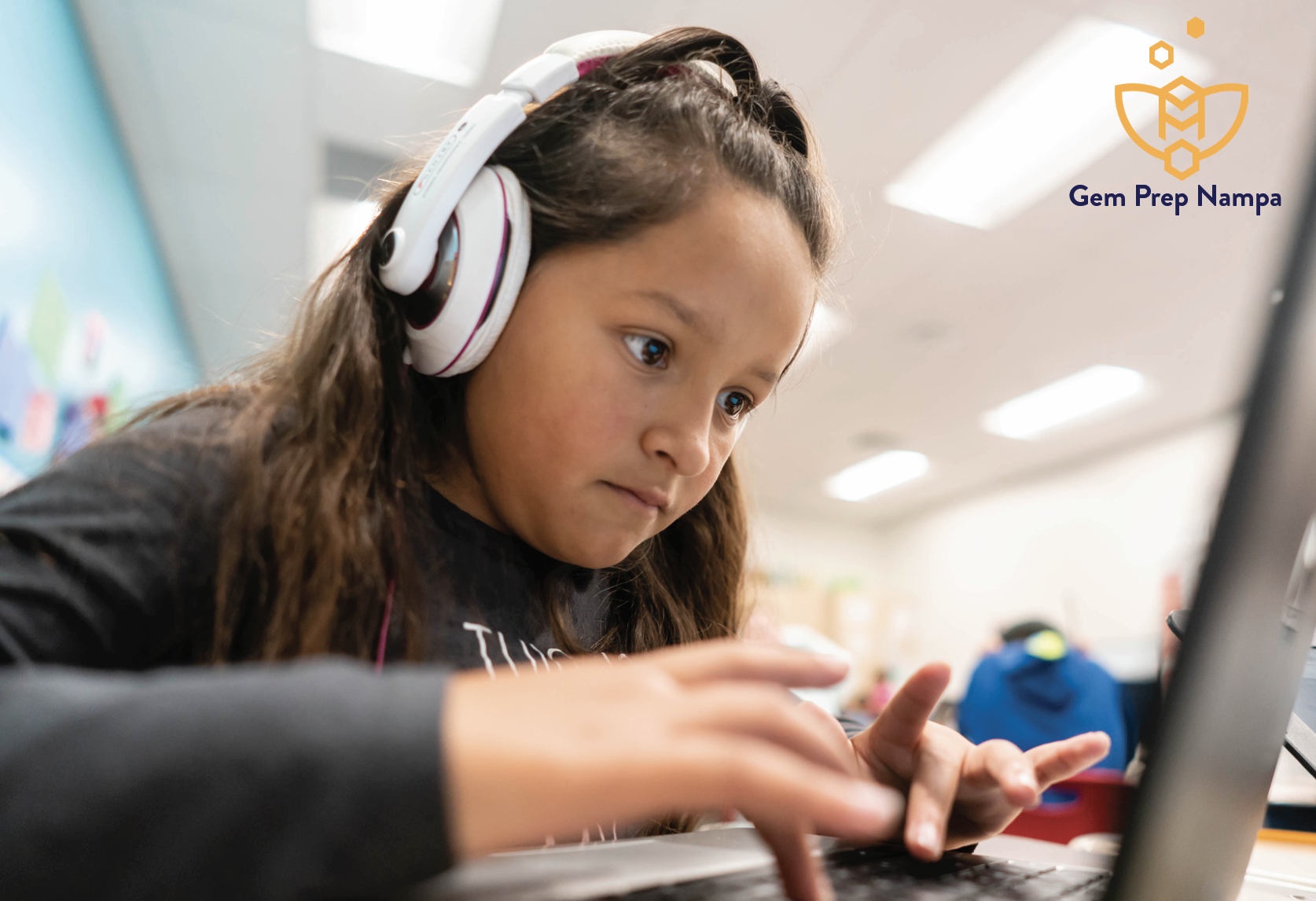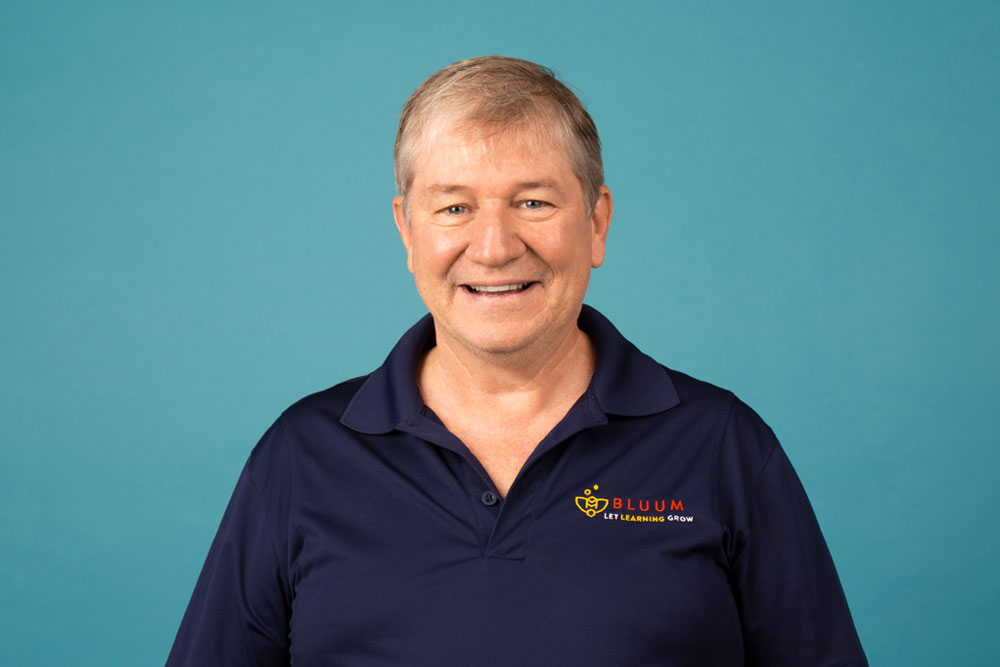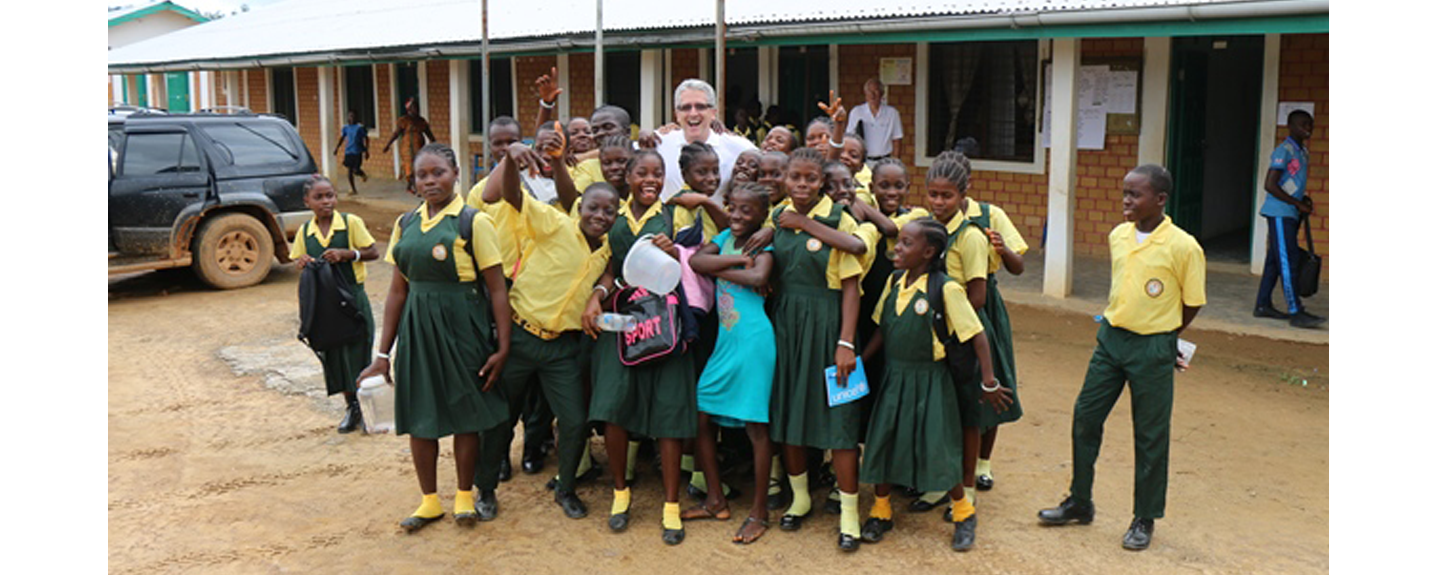
Capturing The Amazing
By Eric Kellerer, EdD, Director, NNU Doceō Center
When I travel, I take a lot of pictures. On my most recent trip, I took over 2,500. When my children were teens, they would roll their eyes as the shutter on the camera whirred. I wasn’t taking pictures of my kids; I was taking pictures of other people’s kids, buildings, cars, motorcycles carrying five people and a pig, and things that were different from my ordinary life.
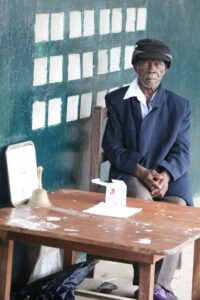
When I am home, I do not take a lot of pictures. Why would I take a picture of my office or car? Why would I take a picture of my kid’s school? Despite having a camera with me at all times, routine and the predictable does not turn the eye.
This has caused me to think about schools. Not just the schools that my children have attended, but in general. I’ve been thinking about the schools in my state and beyond. Do I notice them? Is there anything that captures my attention? What is worth pulling out my camera and snapping a picture?
When I first look at a school, I wouldn’t take a picture because nothing seems extraordinary with a wide-lens. But under the surface there are a lot of amazing things happening in the schools I encounter. My job allows me to rub shoulders with some of the best and brightest teachers in our communities. These are the teachers that are not satisfied with the status quo. For them, it is not enough to repeat accomplishments from the year before. These teachers are in search of something that will move students to a new and greater level. I get to come along side teachers who are ready for growth and help them push their students further and deeper than they ever thought possible. There are even times when the majority of a building, including the administrators of that building, is of this high caliber.
Despite pockets of innovation and picture worthy classrooms, I don’t see a system that is open to change. I believe that there are classroom teachers that are effectively engaging their students day after day. However, I do not see an avenue for the changes in a classroom, or even 10 classrooms to filter out into whole building or district-wide changes.
In a 2009 Status Report on Teacher Development in the United States, the authors point out that typically a teacher needs at least 50 hours of development in an area before they begin to see improvement in their instructional practice. Even though it is rare in buildings, it is possible to find examples of real change happening in the practice of teachers within their classroom. For the teacher, there is hope. I know that change can take place and I can name teachers that have experienced that transformation. What is more difficult, however, is to find systems that adapt to the needs of today’s students.
We have placed so many checks and balances and issues of compliance in front of buildings that it makes it hard for a building or district to be truly innovative. I understand the need for checks and balances. We care for our children. We are afraid (perhaps justifiably) that if we give a group of educators the freedom to adapt the delivery of material to their students, they might not cover enough facts or their students may not pass the tests. The risks and consequences of failure with our students are real. On the other hand, the risk could pay off.
What needs to be done in order to see true systemic change?
- Advocate for individual students, not just the average student. We have a system that is working pretty well for the 30% that are right in the middle and for whom the pace of the teacher works just fine. Now, let’s start opening doors of opportunity for the students that are ready to pick up the pace. If they can move through the year of Algebra in 8 weeks, let them move on. Likewise, if they do not complete Algebra in the first year, don’t move them back to the beginning the following year, but also don’t push them to the next level until they have a solid foundation.
- Empower teachers to do what is right for each student. We create rules and policies to help meet most of the needs, but sometimes those policies should be set aside for the benefit of an individual student.
- Think beyond the bell. Seat time is not an indicator that something has been learned. One student may take more time to learn new skills in math than they do in art or biology. Our current systems often move them along a set schedule that does not consider where an individual student needs to spend their time.
- Allow students to be amazing. Let’s put some of the power of learning back into the hands of the students. After telling them how to learn for years, they may need some help in the transition, but I believe students want to be amazing. They want to make a difference in the world.
- Provide opportunities for disruptive models to infect others. Don’t keep the model at such a distance that they can’t impact the traditional model of education. Too many new schools insulate themselves from the underperforming schools and do not intentionally pass the ideas on to the traditional school environment.
I’m ready to take pictures closer to home. Help me find unique snapshots of inspiration in our school systems that can be highlighted and shared to bring about needed change for our students. Let’s move beyond change in the classroom and encourage whole schools to think differently about the amazing beauty found in learning.
—
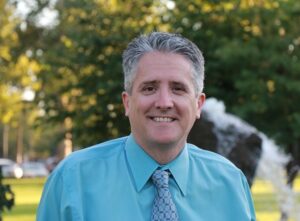 Eric Kellerer, EdD. is currently the Director of the Doceō Center at Northwest Nazarene University. The Center, established in January, 2013 exists to inspire personalized learning through innovative practices in education. The Center is responsible for the development of the H.A.C.K. Model for innovation practice. Kellerer has also been the project manager for an Idaho-wide pilot project to use Khan Academy in K-12 public and private institutions to enhance personalized learning environments. Kellerer is also involved in international efforts of educational reform as well as domestic.
Eric Kellerer, EdD. is currently the Director of the Doceō Center at Northwest Nazarene University. The Center, established in January, 2013 exists to inspire personalized learning through innovative practices in education. The Center is responsible for the development of the H.A.C.K. Model for innovation practice. Kellerer has also been the project manager for an Idaho-wide pilot project to use Khan Academy in K-12 public and private institutions to enhance personalized learning environments. Kellerer is also involved in international efforts of educational reform as well as domestic.
—
Have something to say? Find us on Facebook and Twitter to share your comments!



